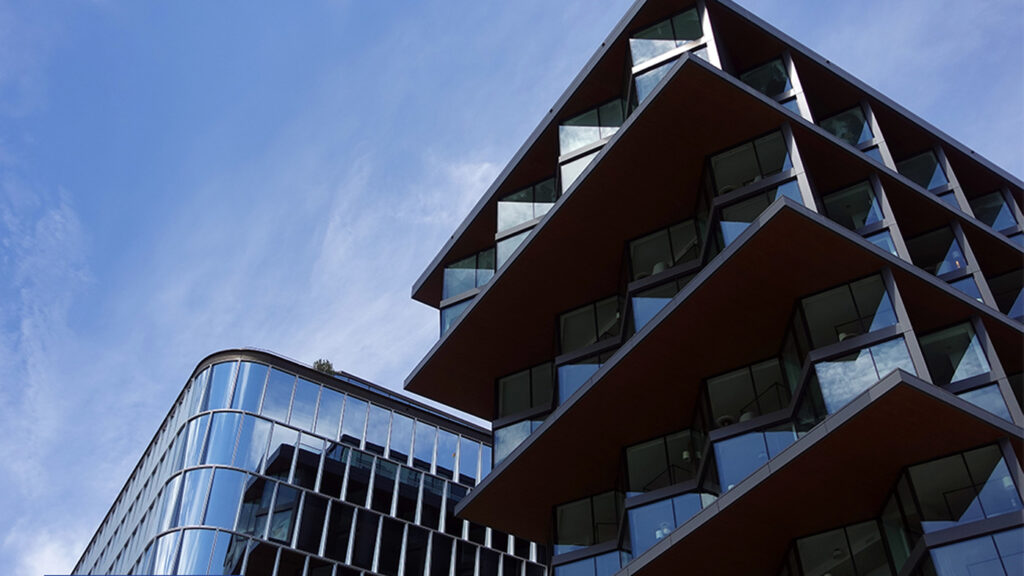Costco, one of America’s well-loved brands, has quietly made a play for ground-floor retail in mixed-use spaces nationwide. The retailer previously partnered with a developer in Cincinnati to anchor a $150 million mixed-use development that includes 400+ luxury apartments. And its most recent partnership with an 800 unit multifamily residential development in Los Angeles, with a total SF of 850,000, is creating quite a stir among brokers.
The prospect of a big box retailer moving into ground-floor retail defies logic. Traditional land grabs for this category range between 50,000 and 200,000 square feet, with stores maximizing external space for parking lots and delivery bays. However, the average size of Costco’s 848 warehouse centers is currently 146,000 square feet. That’s a lot of floor space for the personalized discovery experience for which Costco is known and a huge draw for consumers, especially Costco loyalists. Moreover, those customers, a whopping 121 million Costco cardholders worldwide, have money to spend: The average Costco shopper has a median HHI of $125,000–60% higher than the U.S. average.
 Anjee Solanki
Anjee Solanki
“As remote work stabilizes, a surplus of office space in major cities has become less in demand, sparking conversion conversations. Since 2019, mixed-use retail spaces have averaged 3,200 deals a year in multifamily developments, a tactic that shows no signs of slowing.”
If They Build It, They Will Come
As remote work stabilizes, a surplus of office space in major cities has become less in demand, sparking conversion conversations. Since 2019, mixed-use retail spaces have averaged 3,200 deals a year in multifamily developments, a tactic that shows no signs of slowing.
It’s all about convenience. The trend has already impacted commercial real estate in Houston and Fort Lauderdale, with some success by Hudson Yards New York. Some developers are banking on conversions to drive urban renewal. For example, Metroloft, a Manhattan-based developer, brokered a deal to convert nearly 2M square feet of Goldman Sachs’ underutilized office spaces at 55 and 85 Broad Streets into mixed-use retail and residences. In California, developers have integrated the live-work-play philosophy into underutilized shopping centers, starting with adding 400 residential units to the Westlake Shopping Center. According to Kimco Realty, its REIT partner, they aim to create “an ecosystem where the customer shops your retail, the retailers will support the apartments and drive a premium for the apartments.” The Costco partnership with Thrive Living buys into a similar idea of centralizing access to a state-of-the-art store with fresh produce and healthy food options for its residents. A novel concept with legs, as it reinvents foot traffic patterns to bring their ideal consumers directly where they need to be.
Costco, Metroloft and Kimco are just a handful of changemakers reverse engineering how retail and real estate work together through new development or conversions. The notion of what makes a great mixed-use project is evolving. In some ways, it no longer matters what retail is included in a mixed-use development as long as the actual value of the offering holistically serves its residents, community and neighbors.
Would you want a small format Costco in your urban neighborhood? Reach out and let us know your thoughts at #colliersretail.




